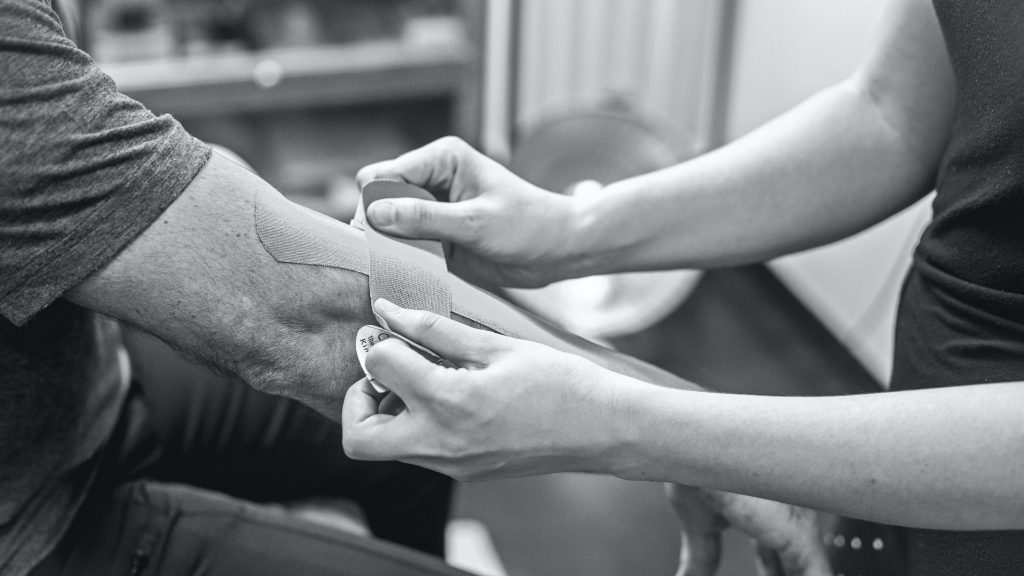FREE Shipping on Orders over $89 with Account – Create One Today!
- (844)-859-9400
- Get Help

If you or a loved one is involved in treating a wound, you may have noticed various wound dressings labeled as “sterile” and “non-sterile.” But what exactly does it mean when we refer to a sterile dressing? Let’s take a closer look at its importance in protecting against further injury and potential complications.
First off, a bit about terminology. If you need clarification on what a sterile bandage is or what a sterile gauze is over sterile wound dressings – these are, in effect, different terms describing the same thing. “Dressing” and “bandage” tend to be used interchangeably to describe anything that is used to cover a wound. Gauze is a specific type of dressing made in a specific way, but will also be used by laymen to refer to almost any type of wound covering.
The way it is manufactured and packaged is what makes a dressing sterile. First, they need to be manufactured in a sterile environment, meaning one that is kept free of any bacteria, virus or other microorganism that might contaminate the product. Then they are sealed, individually or in small groups, in packaging that is also sterile.
Sterile dressings, like all wound coverings, are designed to help prevent infection by providing a physical barrier between the wound and its environment. In order to do this effectively the dressing needs to be free of contaminates. Sterile packaging simply provides an assurance of this.
Non-sterile dressings are often sold in bulk, rather than individual packaging. For example, non-sterile gauze pads and sponges tend to be sold in sleeves of 100-200 pieces. These products are not generally sealed airtight, but rather wrapped in paper or in a simple cardboard box.
It’s only recommended to use non-sterile dressings on wounds which need a basic minimum of protection. This would mean scrapes, small cuts, or mostly closed wounds in the late stages of healing.
These dressings are almost always sold in sterile packaging:
Sterile dressings are a crucial part of wound-care management because they are bandages or layers of gauze that have been specially treated to reduce the risk of bacterial contamination and keep the wound area protected and clean. Using sterile dressings can provide the following benefits for the patient’s health and the quality of healing process.
When changing a sterile dressing, make sure that you follow the instructions given by your doctor or nurse. Here are some tips on changing the wound dressing properly.
Choosing the right wound care supplies is crucial to ensure proper healing and minimal risk of infection. That’s why sterile dressings are a key item in any medical inventory and can help provide that cleanliness, safety, and comfort in a patient’s wound care process.
At Medical Monks, we understand that utilizing these medical supplies is necessary to treat wounds and provide the best possible patient outcomes. With our extensive selection of quality wound care materials, you can be sure that you or your loved ones are being provided with the safest and most effective treatments available.
If you’re looking for sterile dressings or other advanced wound-care products for your practice, don’t hesitate to contact us today. Our experts will be more than happy to help you get all the supplies you need.

Edited for content by ADAM PAGE.